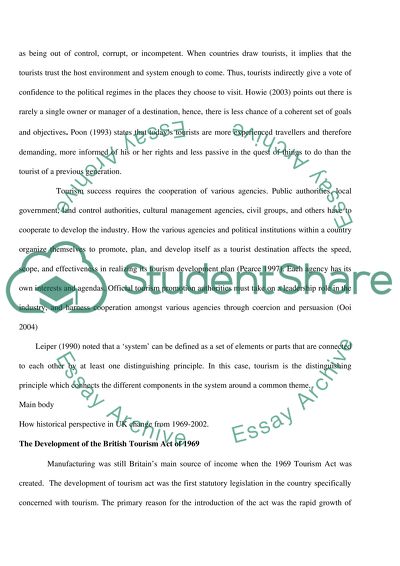Cite this document
(The Nature of the Tourism Industry Case Study Example | Topics and Well Written Essays - 2250 words, n.d.)
The Nature of the Tourism Industry Case Study Example | Topics and Well Written Essays - 2250 words. Retrieved from https://studentshare.org/marketing/1507678-tourism-industry
The Nature of the Tourism Industry Case Study Example | Topics and Well Written Essays - 2250 words. Retrieved from https://studentshare.org/marketing/1507678-tourism-industry
(The Nature of the Tourism Industry Case Study Example | Topics and Well Written Essays - 2250 Words)
The Nature of the Tourism Industry Case Study Example | Topics and Well Written Essays - 2250 Words. https://studentshare.org/marketing/1507678-tourism-industry.
The Nature of the Tourism Industry Case Study Example | Topics and Well Written Essays - 2250 Words. https://studentshare.org/marketing/1507678-tourism-industry.
“The Nature of the Tourism Industry Case Study Example | Topics and Well Written Essays - 2250 Words”, n.d. https://studentshare.org/marketing/1507678-tourism-industry.


